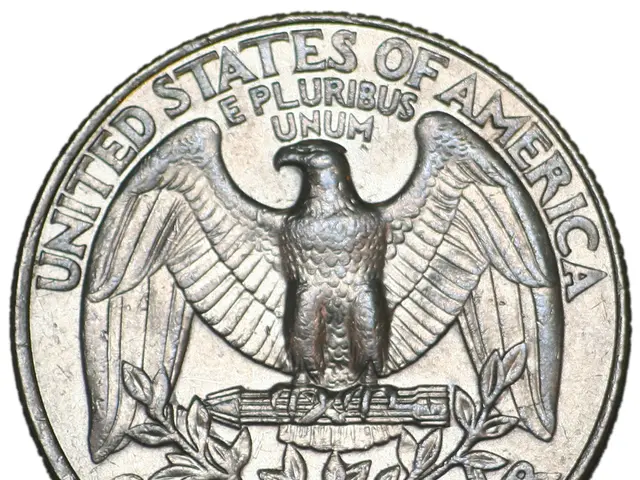Palm Oil Derivatives Market Sales Set to Surpass USD 26.4 Billion by 2034
The global market for palm oil derivatives is projected to experience substantial growth in the coming years, with an estimated compound annual growth rate (CAGR) of around 7.35% from 2025 to 2034. By 2034, the market value is expected to reach approximately USD 52.88 billion.
Fatty acids lead the product segment with a 48.2% market share, primarily due to their multifunctional properties and wide range of applications. Crude Palm Oil (CPO) holds a dominant 56.8% share of the market, underscoring its versatility, affordability, and broad availability.
The Asia-Pacific region is currently the frontrunner in the palm oil derivatives market, primarily driven by strong demand in the food and personal care sectors. In 2024, the region reached a market valuation of approximately USD 7.6 billion. The North America and Europe regions also maintain stable demand for palm oil derivatives, driven by preferences for sustainably sourced and certified products. Latin America is gradually gaining ground, while the Middle East & Africa region is witnessing rising demand due to growing industrial activities and expansion in food processing.
Major players in the market, such as Wilmar and Cargill, are taking strides towards sustainability. Wilmar, which faced a significant corruption-related seizure by Indonesian authorities in 2024, returned USD 725 million and continues to cooperate with investigations. Cargill, on the other hand, has a traceable and sustainable palm derivatives supply chain, working closely with cooperatives and smallholders, and aims for deforestation-free sourcing across its intermediates and finished products by 2025 and 2030, respectively. BASF sources all palm oil and kernel oil exclusively from RSPO-certified suppliers and aims to reach 100% certified sourcing of palm-based intermediates like fatty acids and fatty alcohols by 2025.
The food and beverage segment is the largest consumer of palm oil derivatives, accounting for 48.6% of the total market share. These derivatives are used as emulsifiers, stabilizers, and texture enhancers in processed food products. The market also extends to personal care and cosmetics formulation, industrial bio-lubricants and oleochemicals, biodiesel and renewable fuel production, pharmaceutical and nutraceutical ingredients, and cosmetic active and functional agents.
Asian Food Ingredients (AFI) has a production capacity of approximately 20,000 MT per month for a diversified product range, including non-edible oils, specialty fats, biodiesel feedstock, and oleochemical inputs. Latin America is gradually increasing its use of palm oil derivatives in food production and oleochemical manufacturing, despite currently holding a smaller market share.
The compound annual growth rate (CAGR) of the global palm oil derivatives market is 5.2% between 2025 and 2034. The market's expansion is attributed to factors such as the preference for eco-friendly ingredients, increased industrial applications, and expanding production capacities, especially in Asia Pacific and India. The rising demand in personal care, pharmaceuticals, food sectors, and the expanding oleochemicals market, which includes palm oil derivatives as key components, further fuels this growth.
In conclusion, the projected growth rate of about 7.35% CAGR and market value near USD 52.88 billion by 2034 reflect the expected upward trend for the global palm oil derivatives market within the broader oleochemicals sector. The market's growth is driven by a combination of factors, including increasing demand for sustainable and eco-friendly products, expanding applications, and growing production capacities, particularly in the Asia-Pacific region.
Technology played a significant role in the advancements within the palm oil derivatives market. Sustainability efforts by major players such as Wilmar, Cargill, and BASF were powered by technology, enabling traceable and sustainable supply chains, deforestation-free sourcing, and certifications. Additionally, the rising demand for eco-friendly ingredients in the food, personal care, and pharmaceutical sectors consequently led to the growth of oleochemicals market, which includes palm oil derivatives as key components, signifying the indispensable blend of technology and palm oil derivatives.




